New Zealand’s summer is so wet that 1000 tourists have been stranded by road blockages, rain is falling at up to 40mm per hour, the Met Office says “small tornadoes are possible” and, earlier today, while driving along a road in a Jeep Gladiator, I was overtaken by a speed boat in the other lane.
Now it’s, well, I don’t know what time exactly but gone midnight in a basement bar in Queenstown, on New Zealand’s South Island. It’s loud and dark but Jeep’s global president and the company’s star exterior designer are still here. Both have just spent two days getting soaked to the skin and are ready for several more. Pick a car company boss and a chief designer: can you picture them in a pub talking about making a pure-electric adventure truck, having already spent half a week up to their ankles in mud?
Jeep talks about ‘authenticity’ in the same way everybody who wants to make serious 4x4s talks about authenticity. The difference is that it’s not just a few engineers and some in-house or drafted-in experts who live it.
The Gladiator’s designer is Taylor Langhals; bearded, relaxed, 30, the fourth generation of his family to work at Jeep. He’s wanted this job since he was a kid. And the Gladiator – Jeep’s first pick-up for 27 years – is special to him.
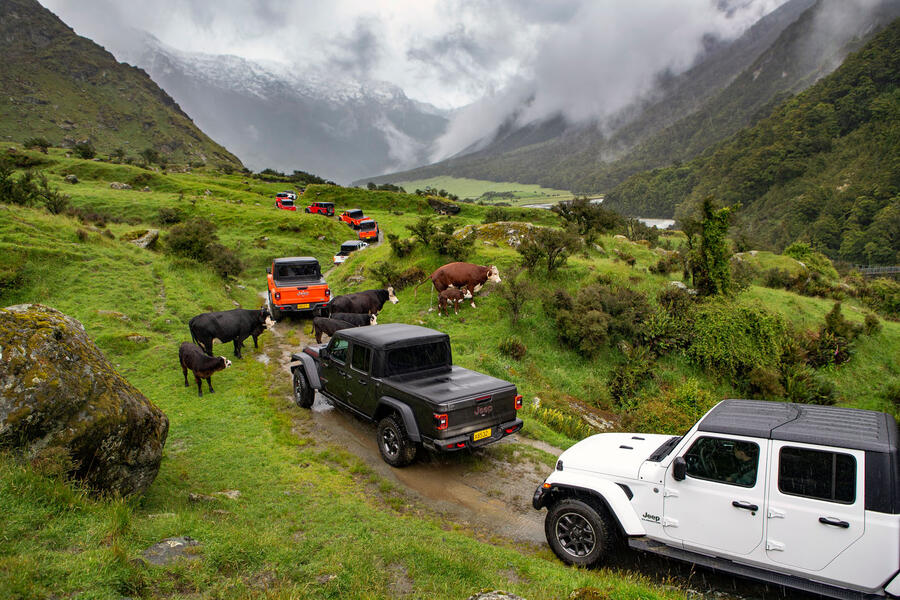
That there are faux imprints of a dirt bike tyre moulded into the head of the load bay and that the Jeep factory’s zipcode (in Toledo, Ohio) is stamped just inside the tailgate might seem twee. But don’t be in doubt about how senior Jeep people use these vehicles. The tailgate opening hatch measures 1270mm across because that will accommodate the widest snowmobile you can buy. “And that’s the one I have,” says Langhals.
Snowmobiles, dirt bikes, mountain bikes, fishing gear, camping gear, outdoor stuff, pulling boats: that’s the point of the Gladiator. Given how frequently Jeeps are used, abused and modified in the US (“let’s be honest: Jeep Wranglers stay stock for about five minutes”), it’s about time Jeep had a pick-up again.
It made one as long ago as 1947 and first introduced the Gladiator name in 1962. A pick-up stayed on sale, latterly as the Jeep Comanche, which looks like an aftermarket hack job of an XJ-series Cherokee, until 1992. But since then, there hasn’t been a pick-up Jeep, which seems like an odd oversight given the kind of use Wranglers get in a country where pick-ups are some of the best-selling, and certainly the most profitable, vehicles.
The Gladiator isn’t a workhorse or commercial vehicle, though. It’s a fun wagon. Its payload is 620kg rather than 1000kg-plus – despite having a rear axle from a Dodge Ram – and its towing weight is 2721kg.
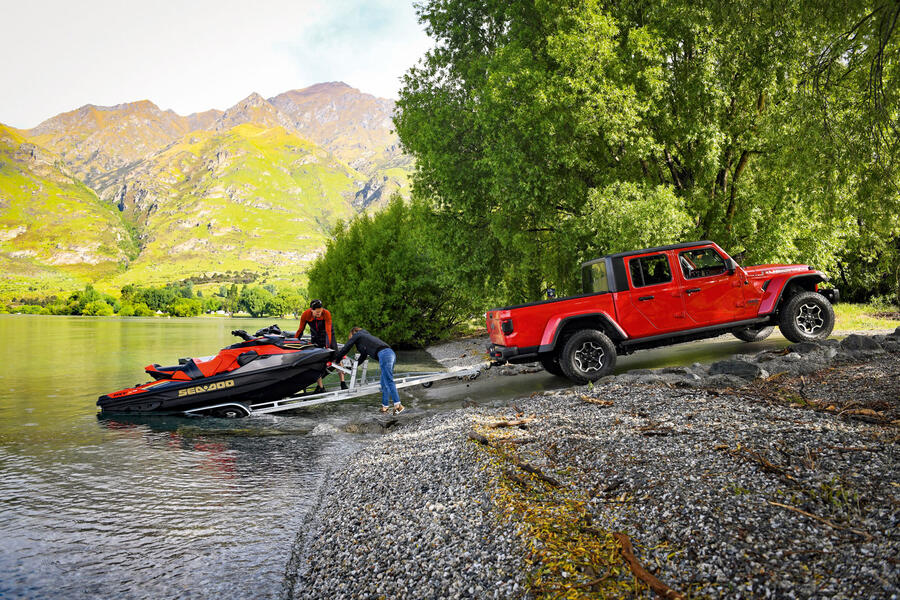
It’s what Americans consider a mid-size and what we think of as a big truck, at around 5.5m, the length of a Volkswagen Amarok and Ford Ranger. Think of it as a Ranger Raptor rival if it comes to the UK (still in question), where it would have a 3.0 diesel. In the US, and here in New Zealand, there’s a 285bhp 3.6 V6 mated to an eight-speed automatic. EVs and plug-in hybrids are coming, Jeep president Christian Meunier assures us. Given the high current fleet CO2 average of Jeep owner Fiat Chrysler Automobiles, they’ll have to. But with that come advantages, too. Think of heading softly down a track, roof down, making no noise to alarm the wildlife. Think of setting up camp and having the electrical power you brought with you. Think of the advantage of being able to dole out precisely how much torque each wheel’s grip can handle, with instant response. Meunier says the firm will use electrical power to make Jeeps “more capable than ever”.
Personally, I’d love to see the return of a forward control Jeep, too, but flat windscreens are out these days, because while they can be made aerodynamically efficient (and while with a pure-electric powertrain that wouldn’t matter so much anyway), pedestrians don’t respond well to impacts with them.
Like all big pick-ups, the Gladiator is a separate-chassis off-roader. Here, though, that chassis is very obviously, given the size and shape of the front half, from a Jeep Wrangler – another Langhals design.
Jeep has managed and curated the Wrangler through its incarnations with the kind of care that has kept it relevant and incredibly successful. It helps, I suppose, that Americans live the lifestyle and have the space and access to enjoy it that most of us in Europe can only imagine. But still, getting it right enables Jeep to sell a quarter of a million Wranglers a year, while Mercedes sells less than a tenth as many Mercedes-Benz G-Classes and Land Rover has sold no Defenders since 2016.
For the Gladiator, the Wrangler’s frame has been extended by a fairly whopping 780mm, with 490mm of that in the wheelbase and the rest behind the rear axle. It’s neither a cheap nor easy car to assemble, says Meunier, formerly of Infiniti and who has headed Jeep since April last year, joining just in time for Jeep’s annual jamboree in the Sierra Nevada mountains.
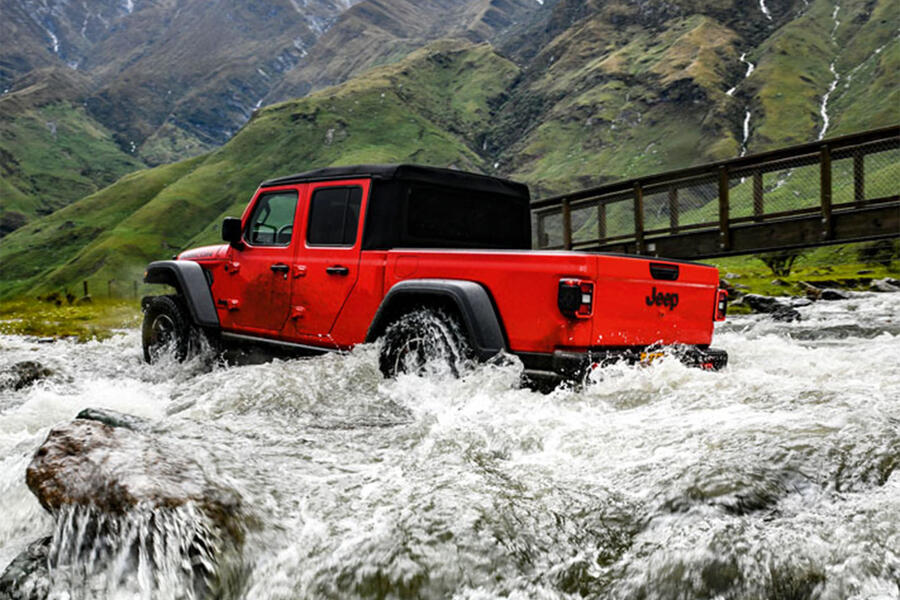
As per the Wrangler, different trim levels don’t just give different interior options. All have the same functional and chunky centre console inside, and the same rear-seat space, but Sport and Overland models get one kind of low-ratio transfer case, with top-spec Rubicon cars getting a lower-speed crawl ratio, heavier-duty axles with locking differentials and a disconnecting front anti-roll bar, rock rails, tow hooks and heavier-duty bumpers. The approach angle is an astonishing 40.7deg and there’s 250mm of ground clearance and a 760mm wade depth.
Common to all Gladiators, too, as with Wranglers, you can take the doors and roof off, and removing four bolts lets you fold the windscreen flat onto the bonnet, making this the only convertible pick-up on sale today. You can even have tubular bars in place of doors.
That’s a feature that, when rain is falling at 40mm per hour, may be a suboptimal choice. Standing in a rock field, which the Gladiator is traversing with more ease than a pick-up should, and looking up at the 3000m Mount Aspiring, I’ve never felt rain like it. The trouble with it is that it washes away land, rocks and roads and everything else between. Normally, car makers don’t want us going places their off-roaders might get stranded and advise on routes accordingly. But going by their faces when we find the river flowing beneath a flooded field – the Gladiator dips into it and bow waves form from the bonnet lip, threatening the 760mm wade depth (and drenching the feet of some colleagues who have made the poor door option) – I’m not sure that’s the case here.
There’s no denying a short-wheelbase Wrangler will go further off road than a Gladiator, on account of its wheelbase being shorter. The Gladiator’s breakover angle is 18.4deg and departure angle 25deg, owing to its long bed. But this is still a vehicle that will get you much further than you need. It’ll do the Rubicon Trail, after all.
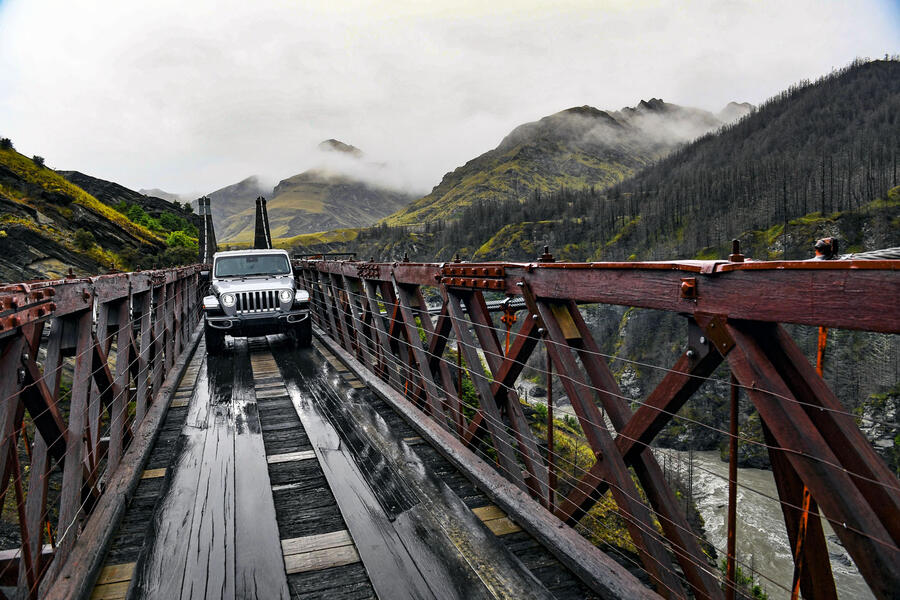
With that – especially in Rubicon trim, which comes with 32in off-road tyres as standard – there is a slight agricultural feel to the Gladiator, on road. But the same is true of the Wrangler and any pick-up onto which you start putting serious off-road extras. Choose a Sport or Overland model and, immediately, there’s improved steering response and a more settled road ride, and I still think they’ll go further than not just any rival, but further than most owners will realistically expect.
At a little over 100,000 square miles, New Zealand’s land mass is about 10% bigger than the UK’s, but with a human population of 4.7 million (and over a million and a half of those living in Auckland) and a sheep population of 30 million (not so many in Auckland), it’s considerably less dense. Because it’s so green, there are shades of Wales and Scotland to it, but it goes on further and higher, and even Scotland’s grandest lochs and glens don’t match the scale and beauty of it. If you had to pick a country in which enough grows that you’d probably survive post-zombie apocalypse, it’d be right up there.
For 95% of the time, even away from the publicly accessible rough tracks that scatter across the New Zealand landscape joining farmsteads to main roads, and onto the dirt and mud tracks that sheep and cattle farmers have let us use and that are usually traversed only by tractor or quad or hoof, even the most basic Gladiator will get you through.
As ever, it’s tyre choice that settles most arguments one way or the other most of the time. But put sufficiently aggressive rubber on it and a Jeep will climb slopes you can’t walk up, ford rivers that would drag you off downstream, and make a cosy noise like a tent thanks to the patter of rain on canvas roof.
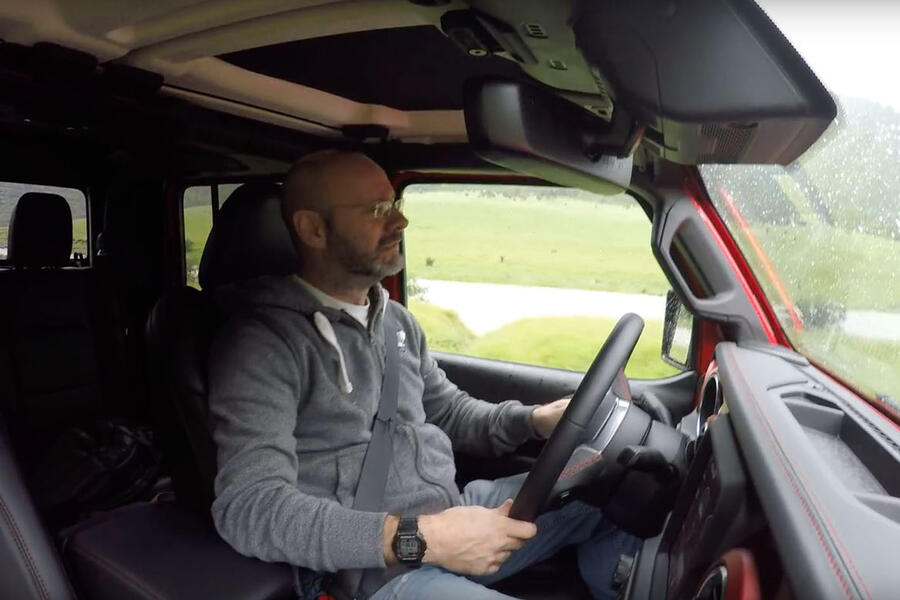
Whether you’ll be able to do that in the UK is still to be decided. It’s not going to sell in huge numbers here: the Wrangler doesn’t and its 2.2 diesel isn’t considered butch enough for the job, so it’ll have the 3.0 diesel that would be more expensive and thirstier still. It’d have to be a £50,000 car, surely.
Meunier suggests he’d like the UK to commit to a number. British contacts suggest Jeep HQ is still to decide. But we should know soon. The Gladiator will be too big for most small parking bays, its exceptional off-road ability will go unchallenged for more than 99% of its life and we are not a nation that intrinsically has the dirt bike/jet ski/snowmobile lifestyle owing to there being so many people, so little land and insufficient access to the free land that there is. So the Gladiator doesn’t make that much sense. Naturally, then, I’d have one like a shot.
Driving in New Zealand
New Zealand’s roads are a curious mix of the familiar and the unusual. They drive on the left and you can be on lakeside bends that feel like Scotland’s. But some of the markings are yellow.
Mostly things are single carriageway. Around towns, there are dual-lane roads and there are motorways and expressways – although not much more than 200 miles in total. More common, then, are broad, well-surfaced single carriageways with a 62mph limit, dropping to 30mph or 25mph in towns. Traffic is, unsurprisingly, light, and visibility, where the road scores across plains, is very good, so overtaking is easy.
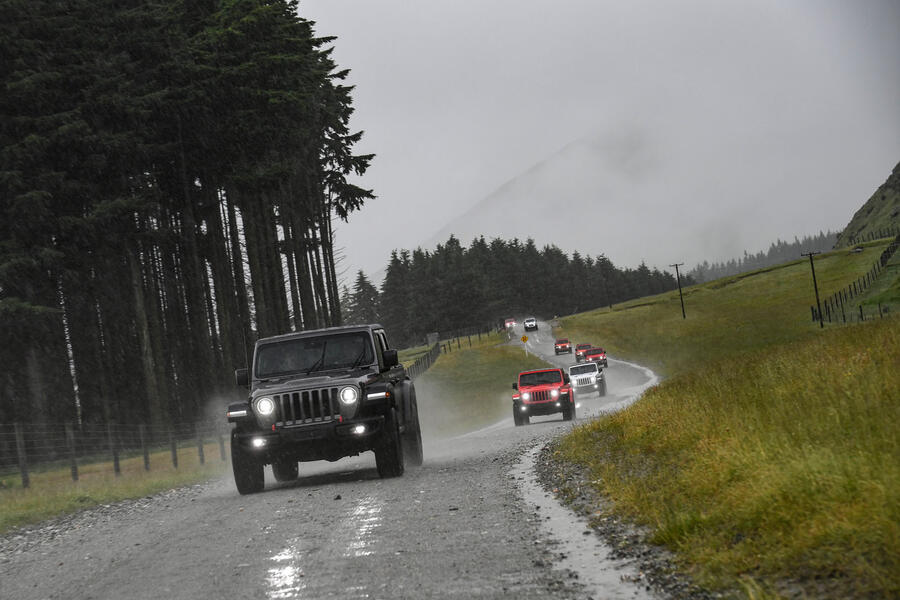
You don’t see so many big old Fords and Holdens as I imagine you once would have. Japanese and Korean cars have taken hold. The Toyota Corolla is the best-selling passenger car but two-thirds of the country’s cars are 4x4s or pick-ups. As roads head up into hills, and where things get even more remote than usual, gravel tracks take precedent, so you can see why.
Bagging a Munro
Before returning to the UK, I had four hours free and was two hours from Invercargill, so I went to visit Burt Munro, who built a streamlined Indian motorbike in the shed he lived in and took it to Bonneville Speed Week. In 1967, aged 68 and on a 47-year-old bike, he hit 183.586mph, a story dramatised in the charming film The World’s Fastest Indian. The record still stands.
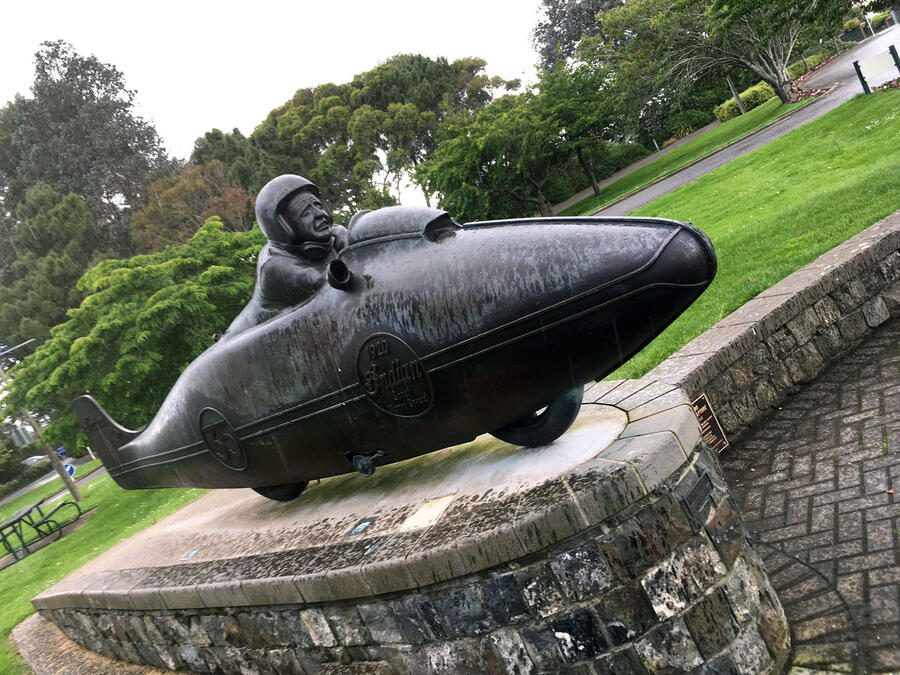
READ MORE
Jeep Renegade plug-in hybrid: technical details revealed
Jeep Wrangler review

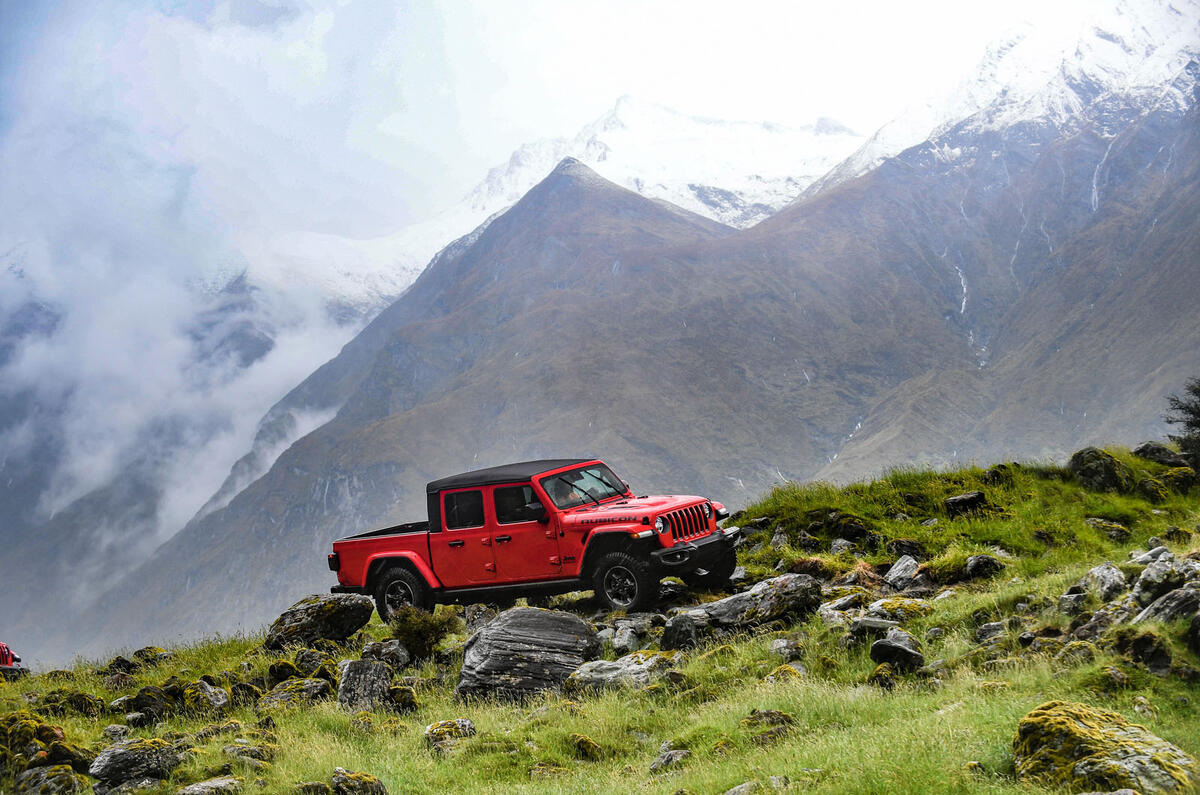
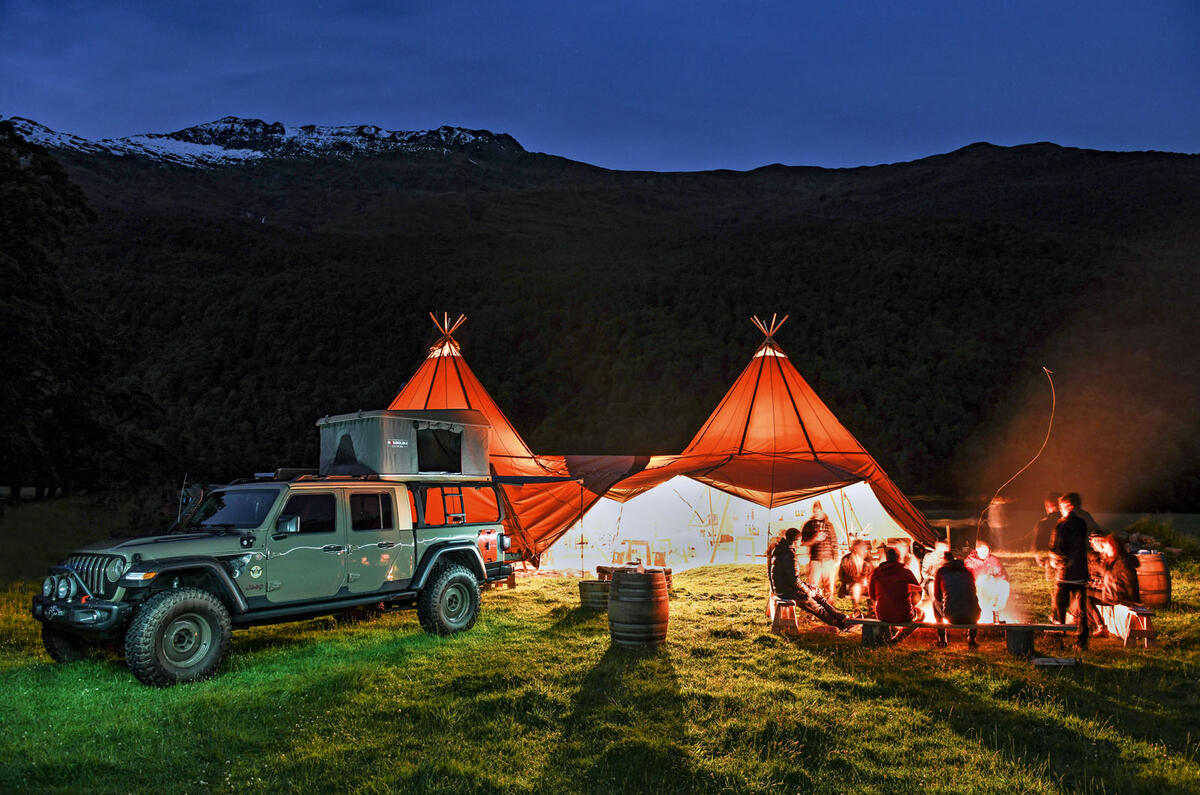
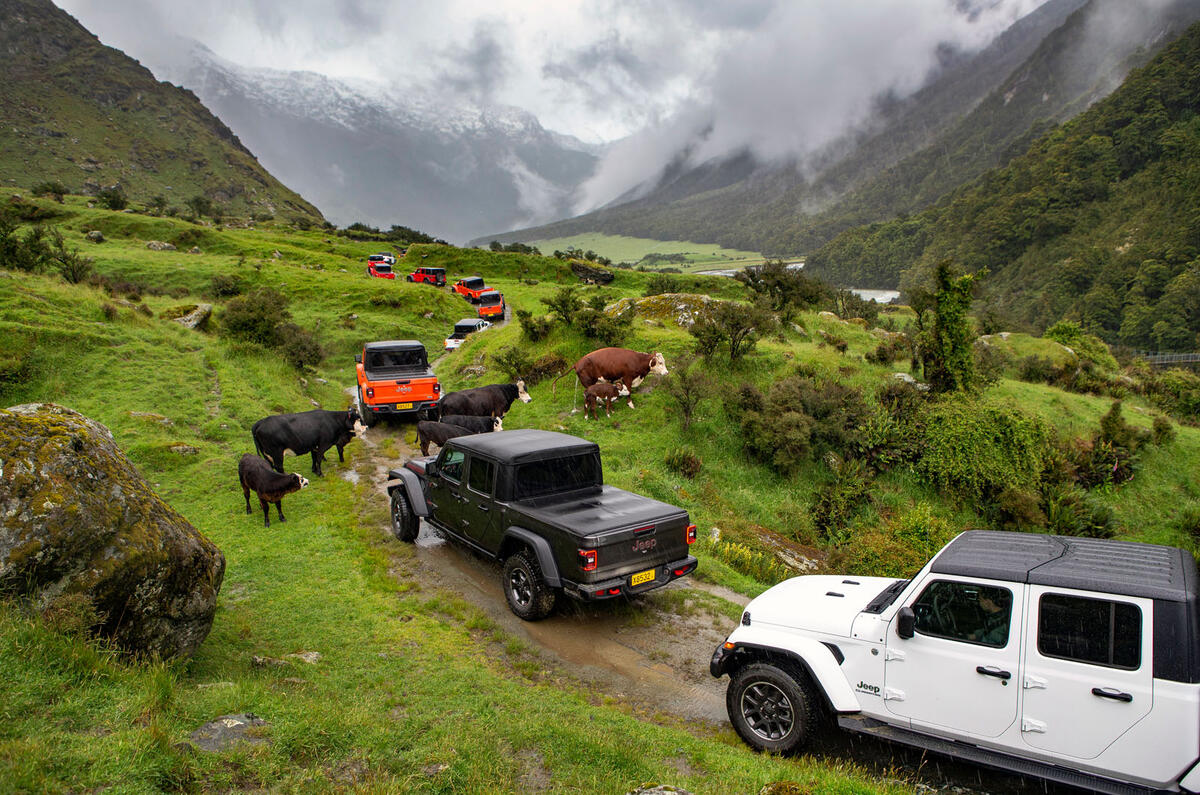

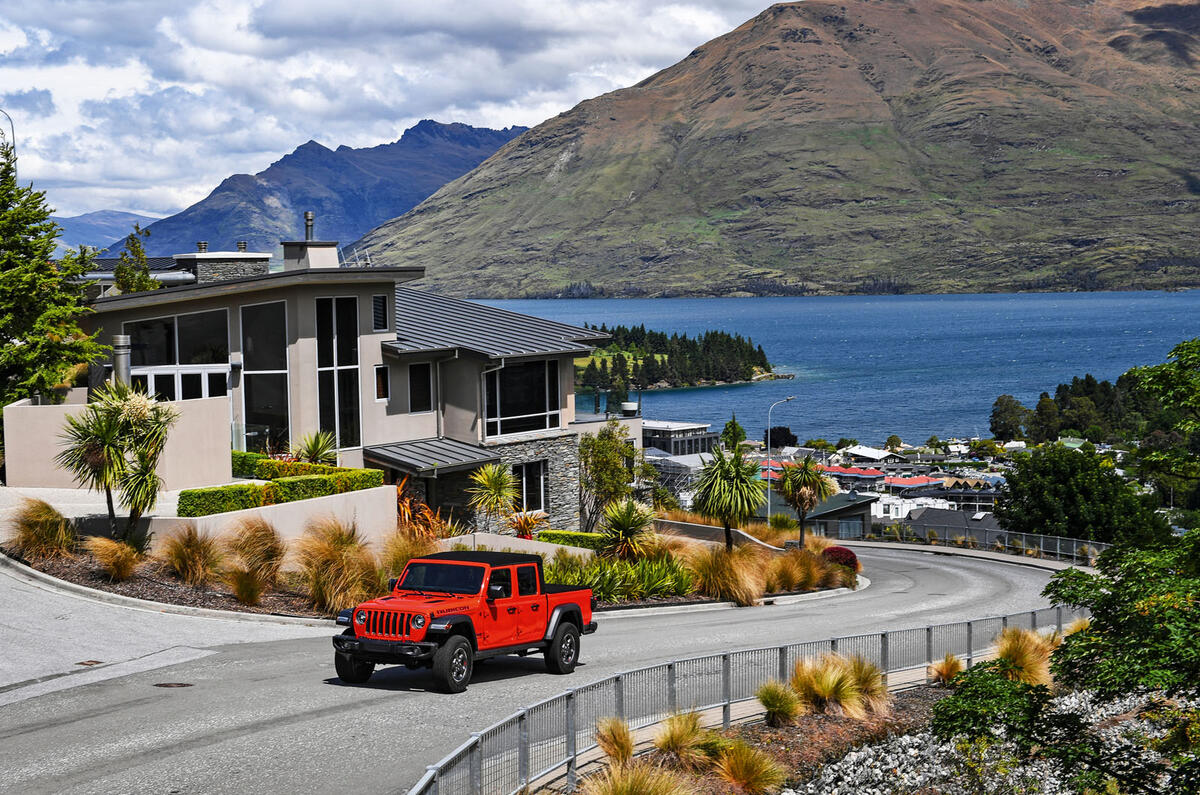
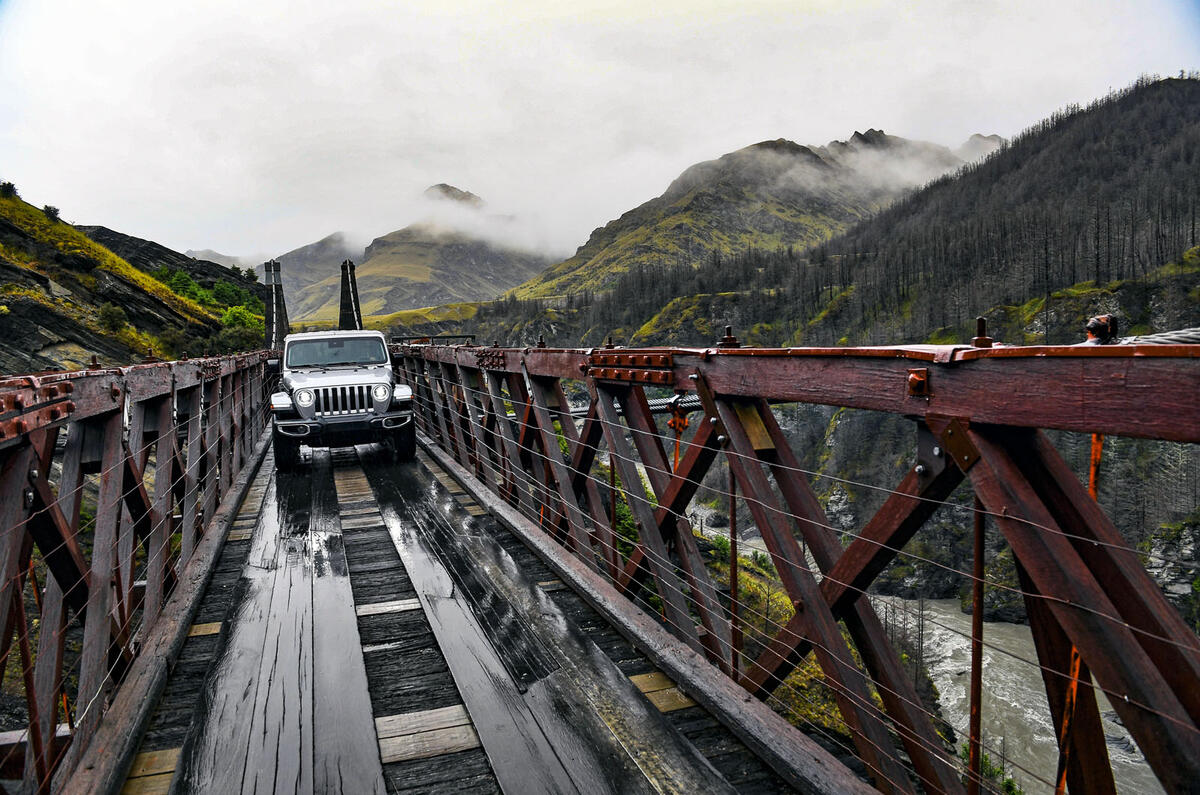
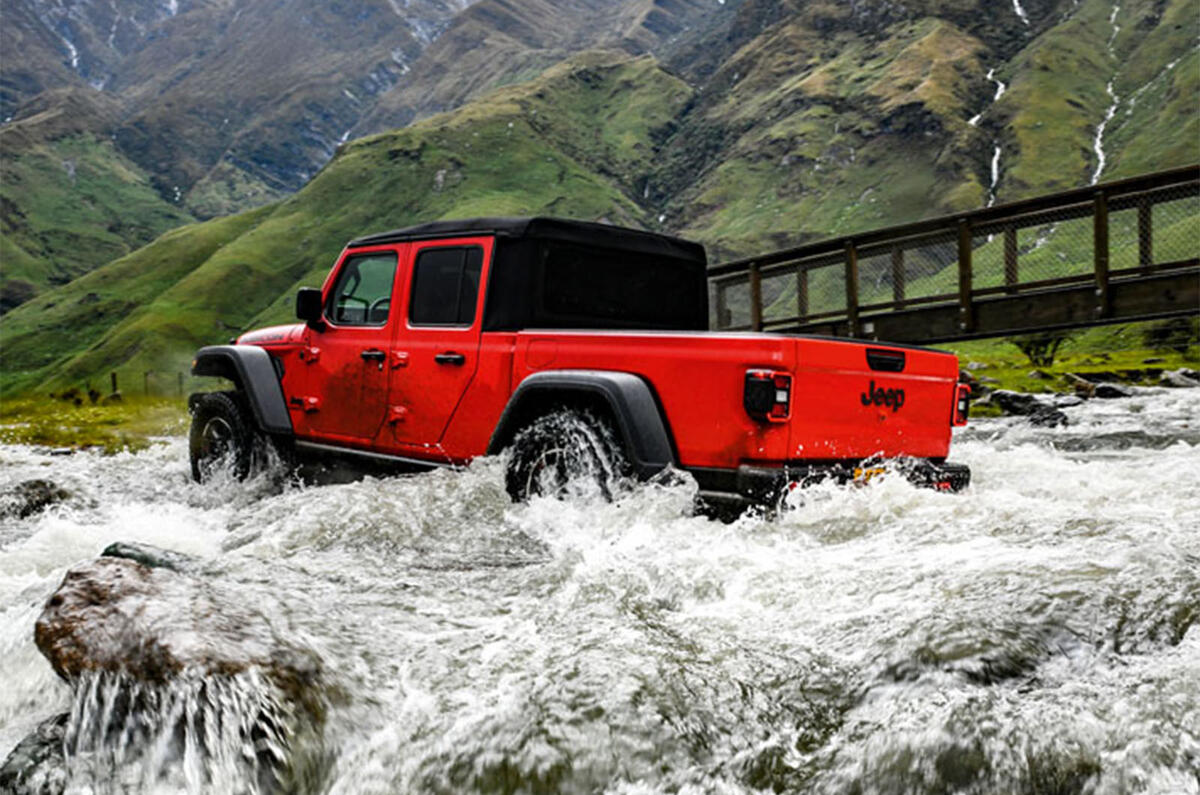
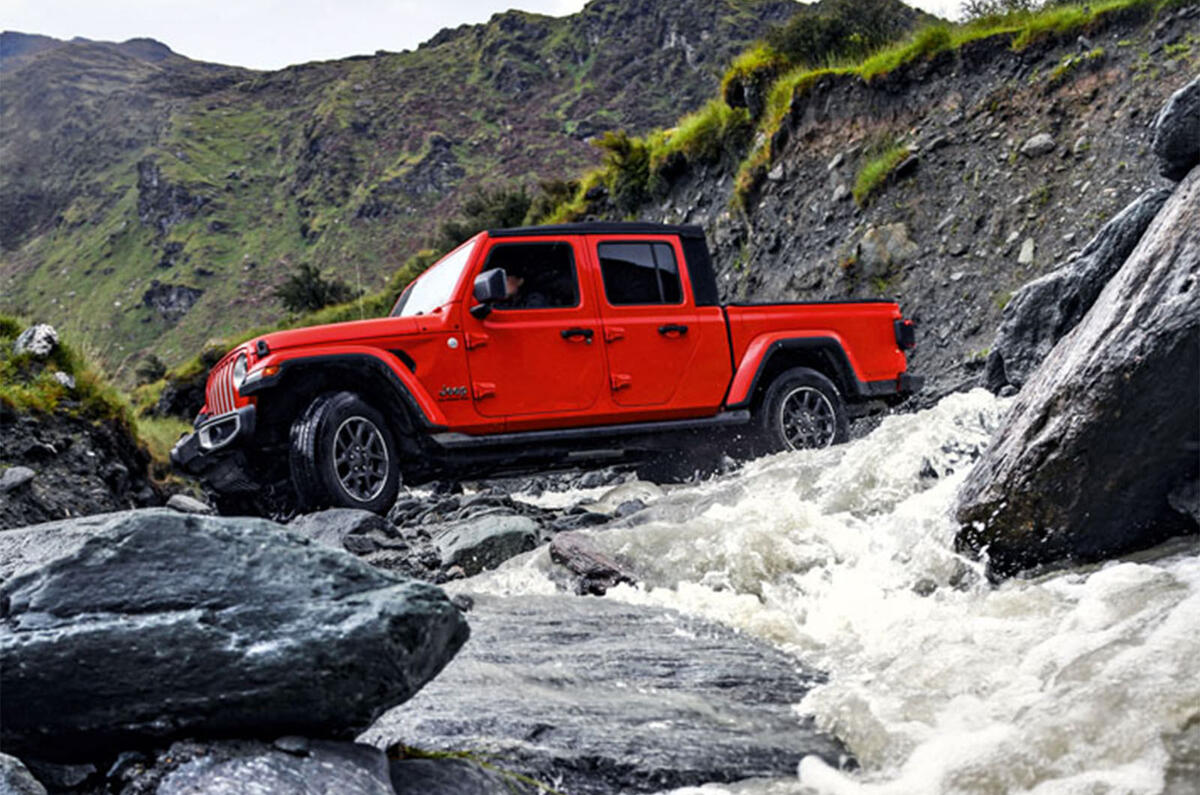
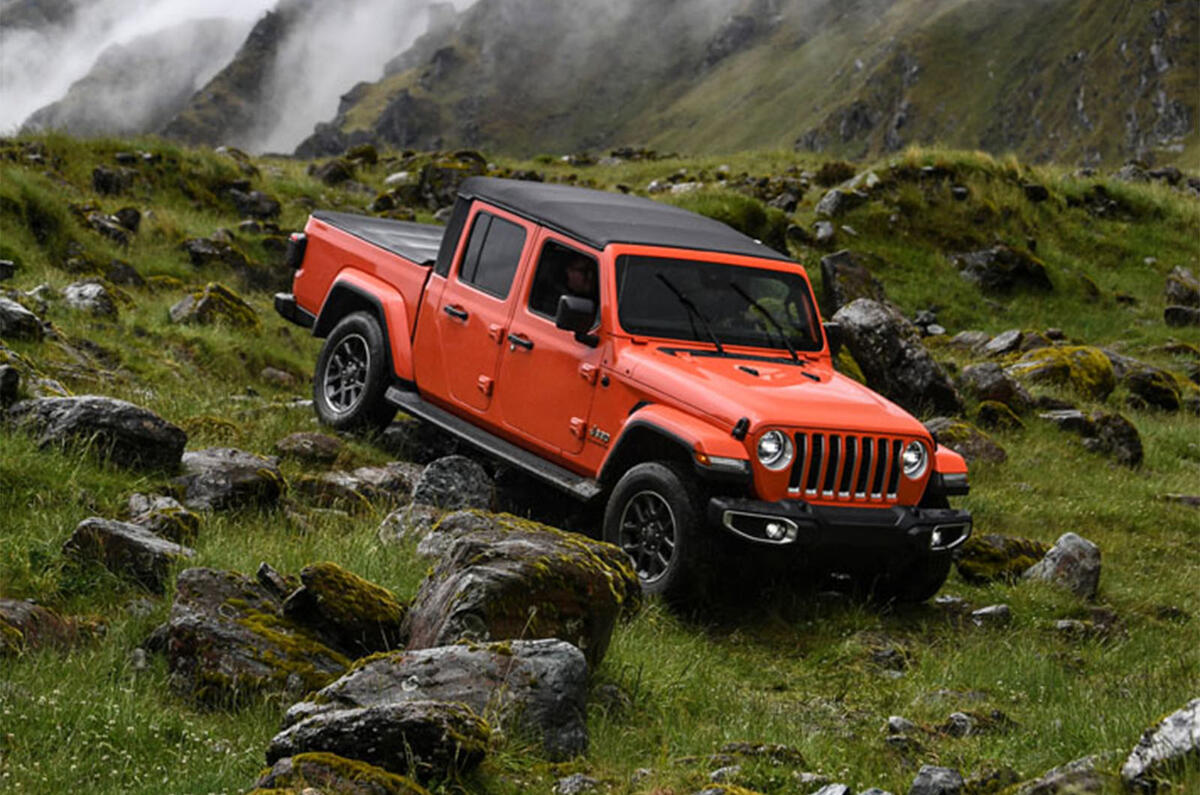
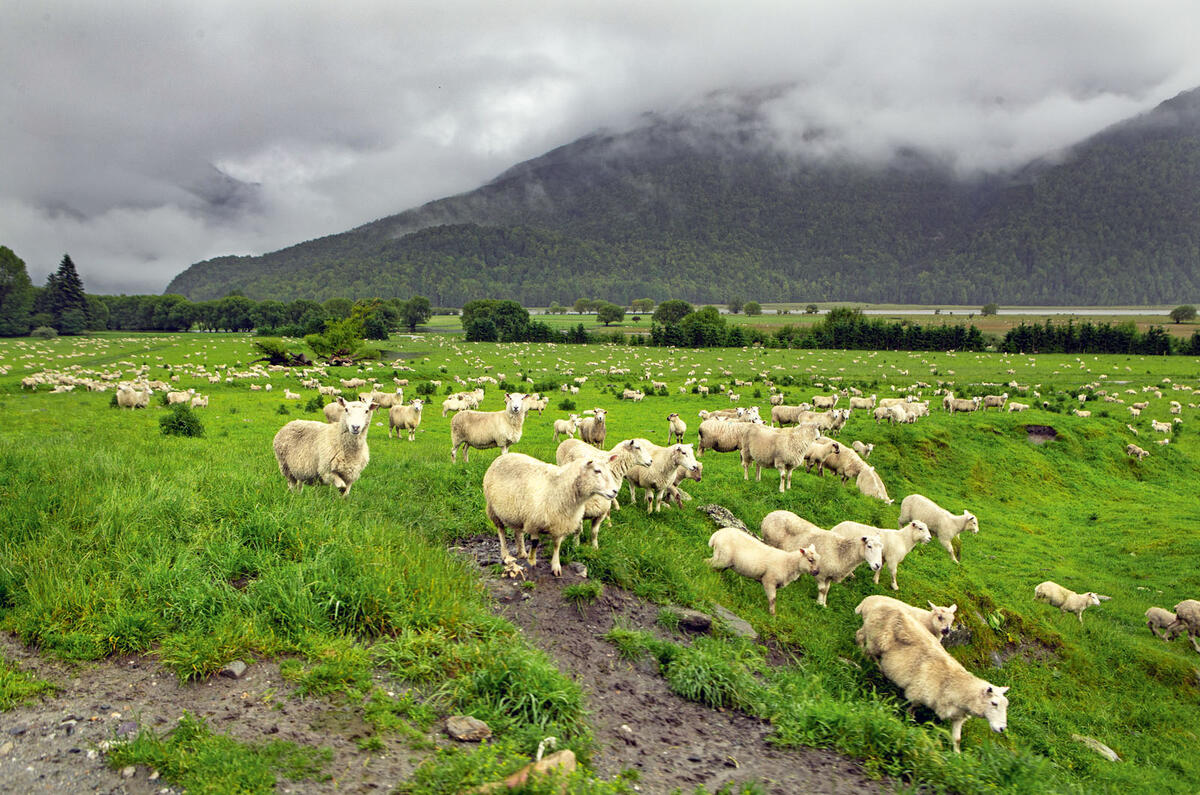
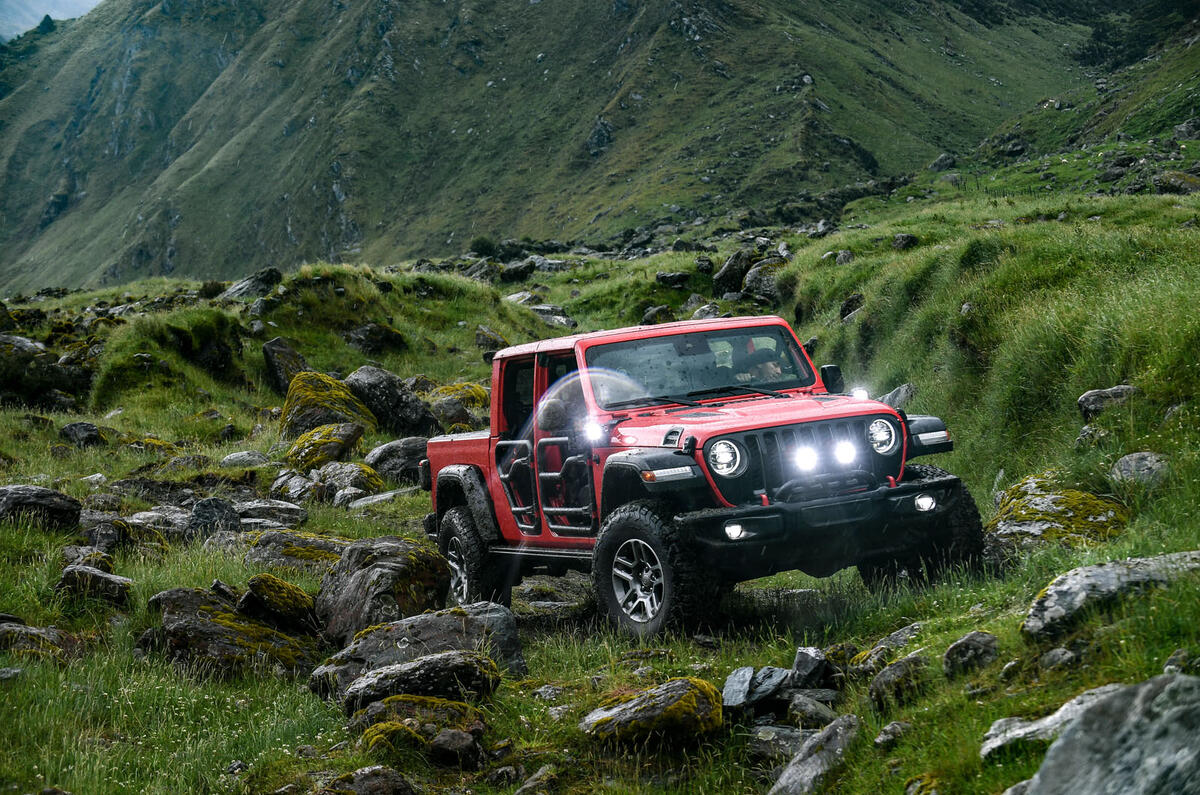
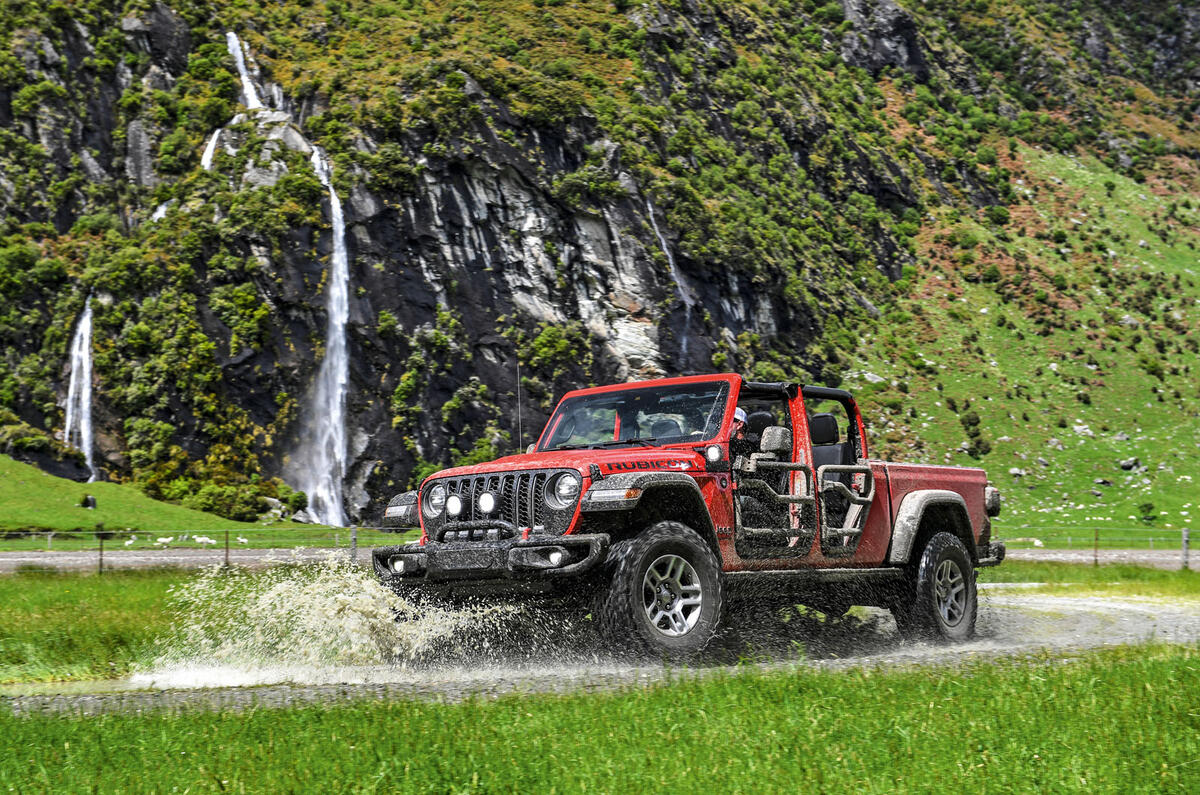
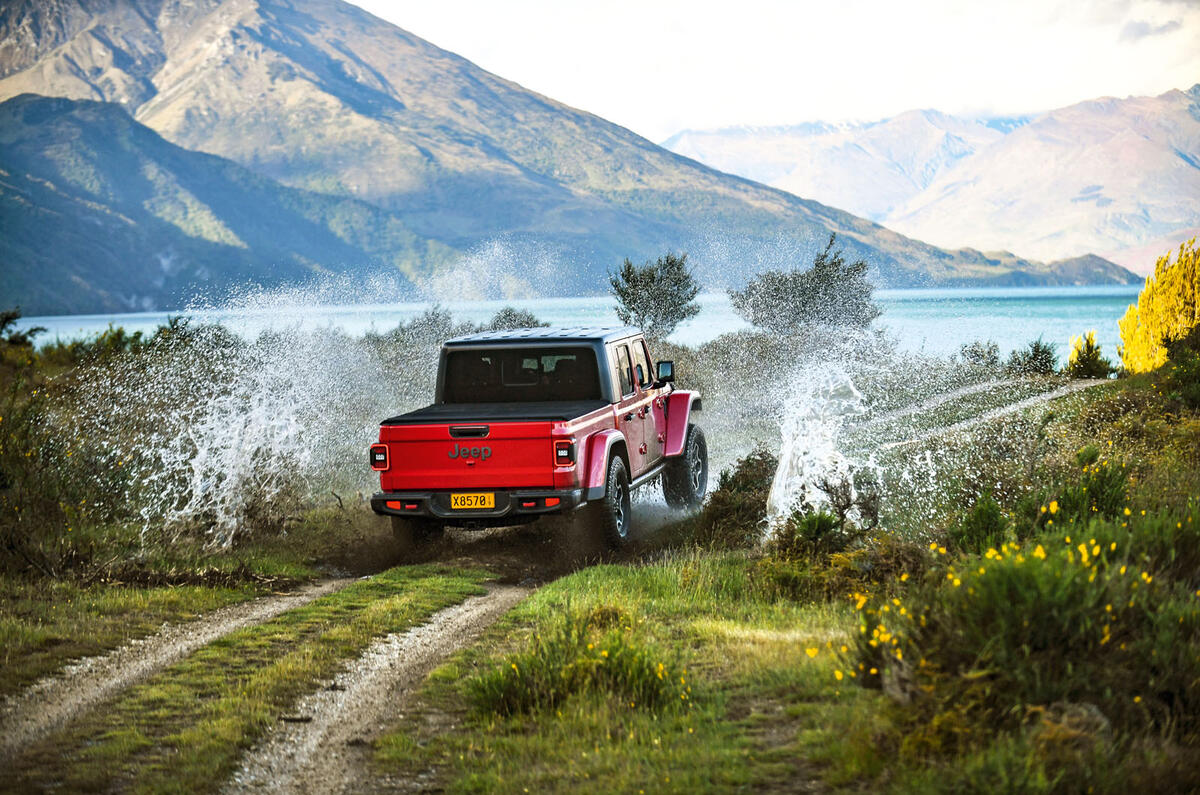
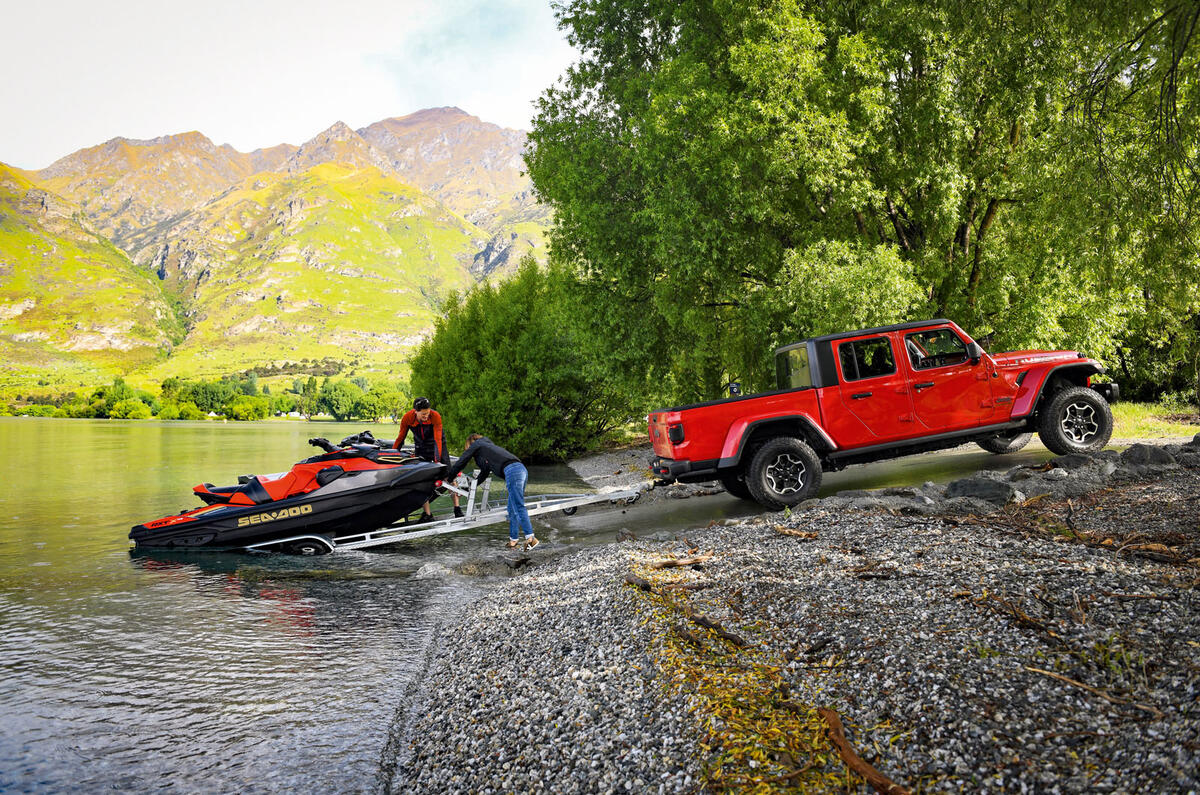
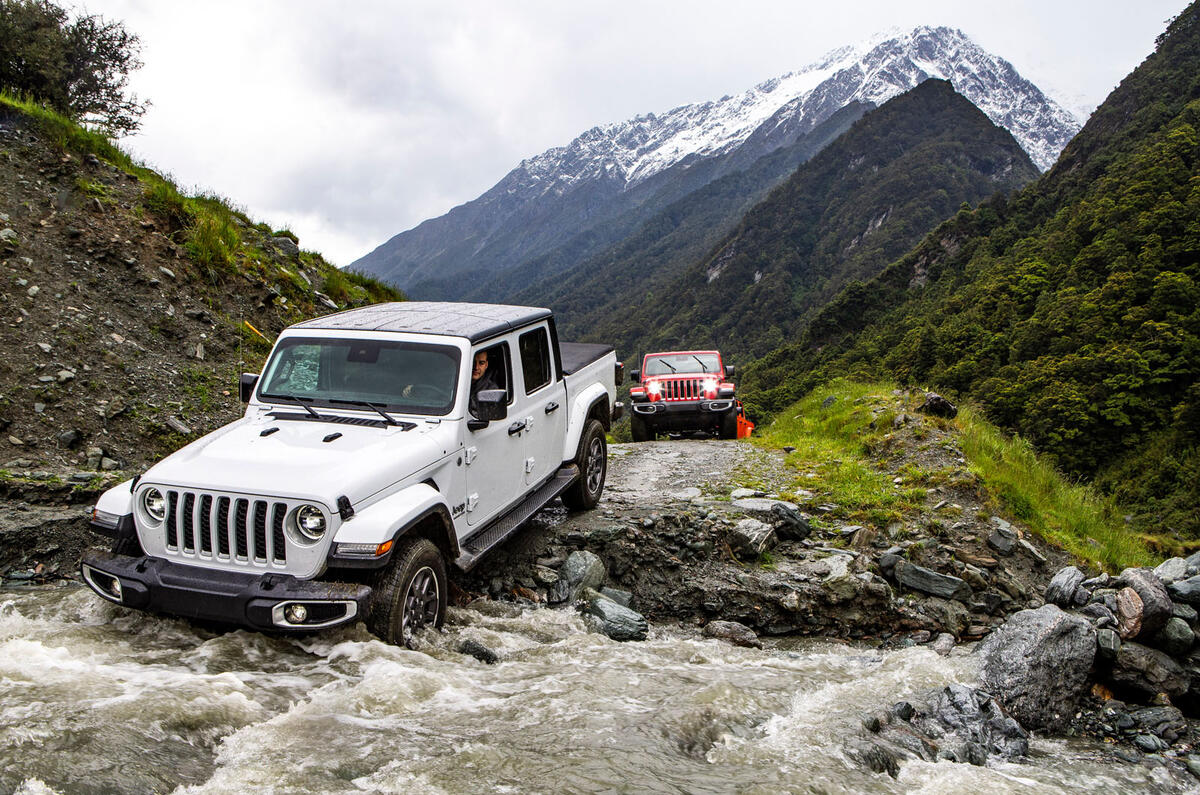
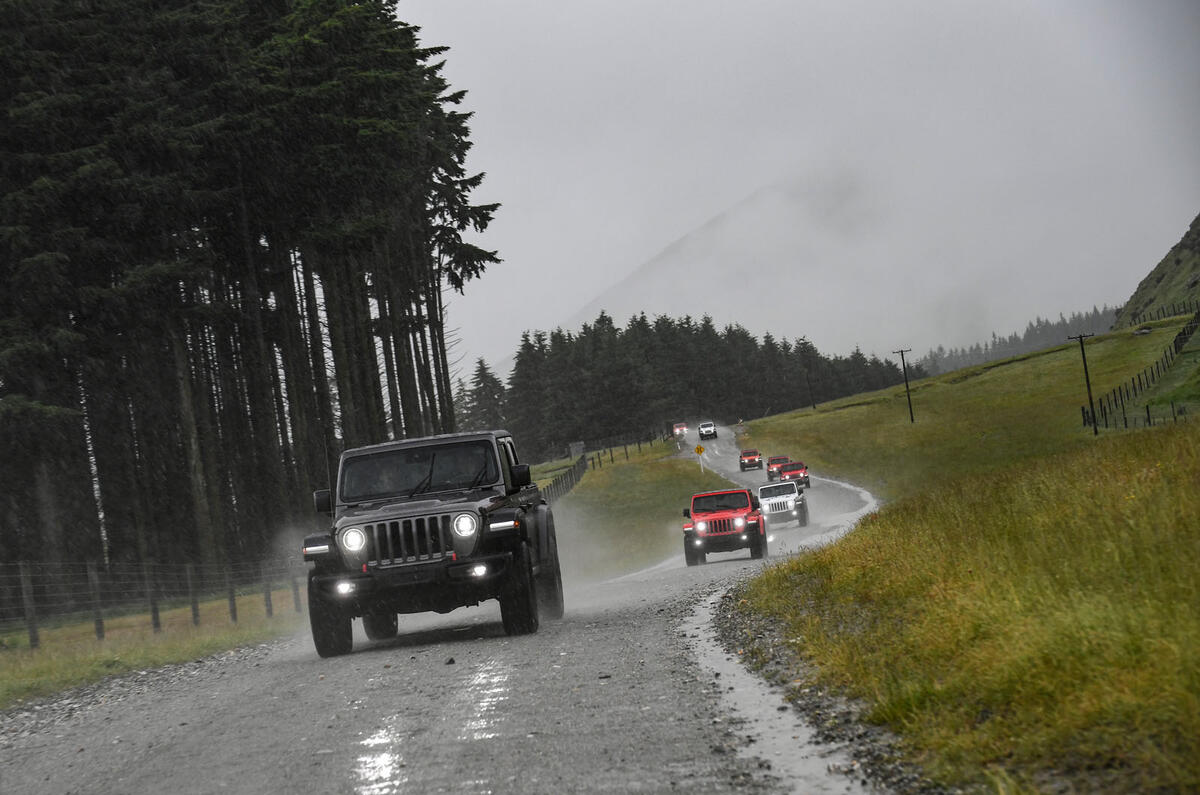
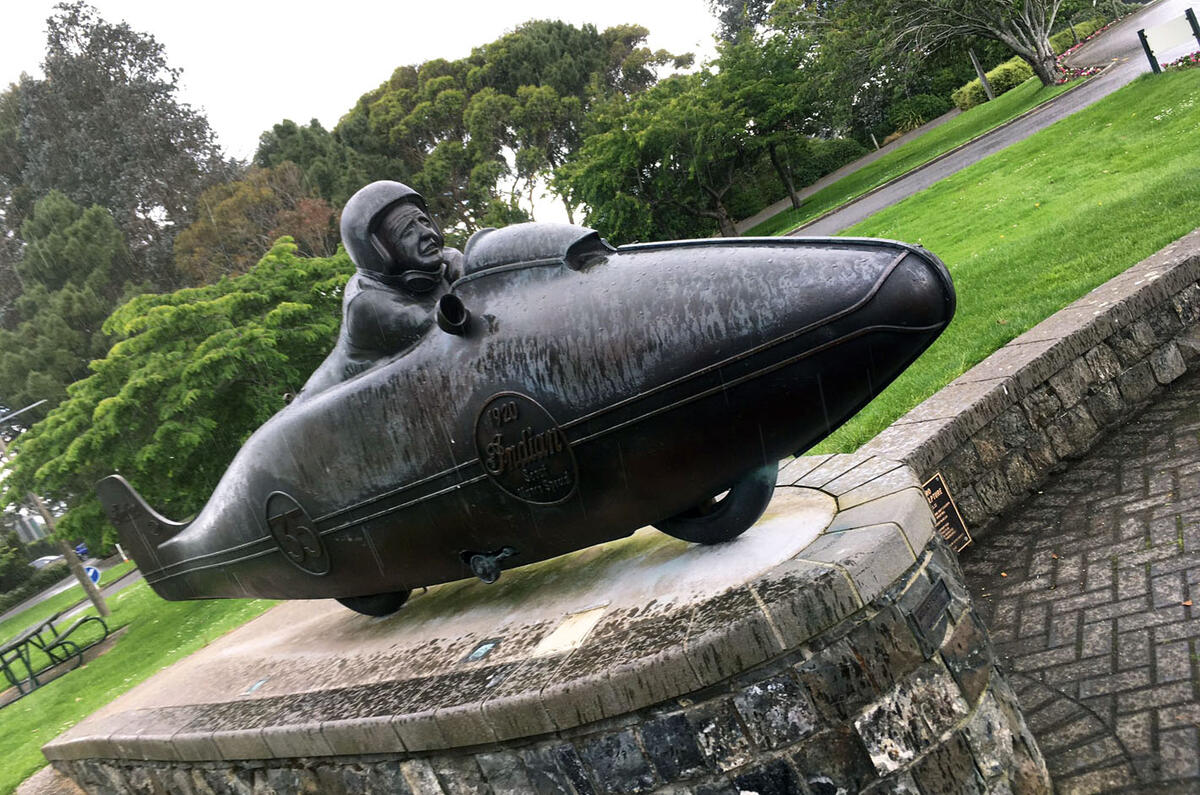
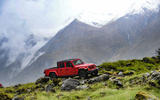
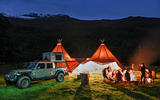
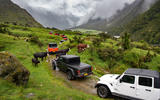
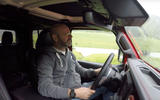
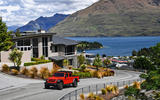
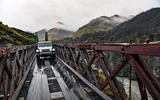
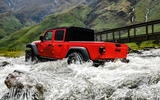
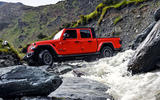
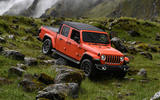
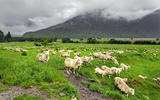
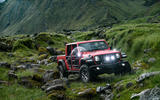
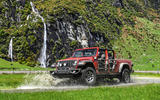
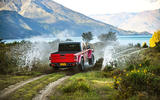
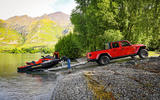
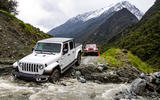
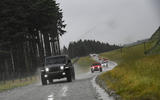
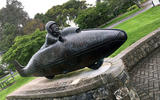





Join the debate
Add your comment
This would be great as a
I definitely don't need one of these..
... but I want one.
Like Scotland..
With a population roughly have the size of London NZealand you'd think it a roomy place,but, someday immigration will be restricted,I don't know if the wages there are still 20,30% higher than the UK, BUT, yeah, it looks awesome...for a holiday.
your disjointed comments?!?!?
It's about a new Jeep in New Zealand so how does immigration and wages have any bearing?!?!?!